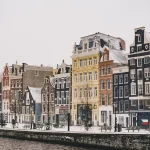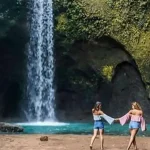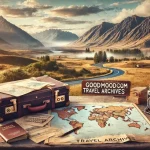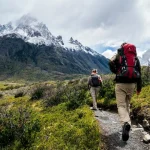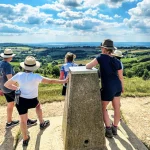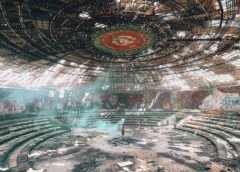
Urban Exploration
October 19, 2024
Have you ever wondered what secrets lie behind the bustling facade of a city? Join me on a thrilling journey of urban exploration, where we unveil the hidden gems tucked away within the labyrinthine streets and forgotten structures. As an adventurous explorer, I’ve traversed abandoned factories, ventured into mysterious underground tunnels, and climbed towering rooftops, all in search of the untold stories that echo through the urban landscape. Together, let’s embark on an exciting quest to discover the hidden wonders that metropolitan areas hold, and unveil the captivating history that often goes unnoticed.
Content
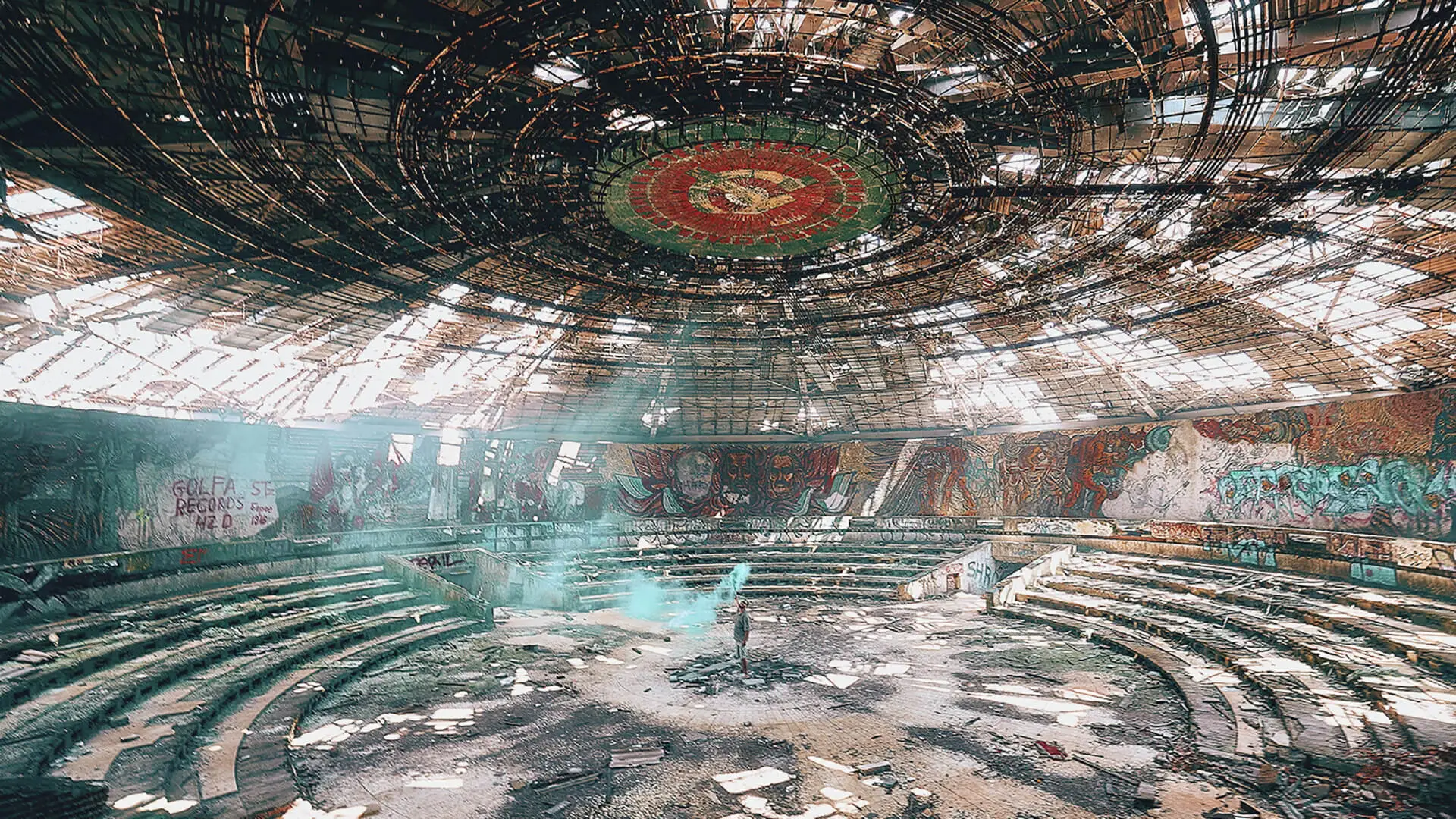
Essential Equipment for Urban Exploration
Embarking on an urban exploration adventure requires the right gear to ensure a safe and enjoyable experience. As a seasoned explorer, I have learned the importance of equipping myself with the essential tools for navigating the hidden corners of metropolitan areas. In this section, I will guide you through the three crucial categories of equipment that every urban explorer should have: clothing and footwear, navigation tools, and safety gear. Let’s dive in and discover the gear that will enhance your exploration journey.
Also Read: Road Trips Across Continents: Embarking on Epic Journeys
1. Clothing and Footwear
Proper attire is vital when delving into urban exploration. I have found that durable and comfortable clothing, such as sturdy pants, long-sleeved shirts, and a jacket, offer protection against potential hazards. Additionally, wearing appropriate footwear, like sturdy boots with good traction, helps navigate uneven surfaces and provides stability while exploring abandoned buildings or climbing rooftops. Remember, comfort and protection are key when choosing your urban exploration attire.
2. Navigation Tools
Navigating through unfamiliar terrain is an integral part of urban exploration. Carrying the right navigation tools ensures that you can find your way and avoid getting lost. As an explorer, I always carry a reliable compass, a detailed map of the area I’m exploring, and a handheld GPS device. These tools help me navigate underground tunnels, intricate city streets, and hidden passages, ensuring I can safely reach my destination and find my way back.
3. Safety Gear
Prioritizing safety is paramount in urban exploration. I never embark on an exploration without proper safety gear. A sturdy headlamp or flashlight is essential for illuminating dimly lit spaces, such as abandoned buildings or underground tunnels. Additionally, I always carry a first aid kit with basic medical supplies in case of any mishaps. It’s also important to bring protective gear, such as gloves and a dust mask, to shield yourself from potential hazards like debris or airborne particles.
By equipping yourself with the right clothing, footwear, navigation tools, and safety gear, you can embark on your urban exploration adventures with confidence and peace of mind. Remember to prioritize safety and comfort as you uncover the hidden gems of metropolitan areas.
Finding Locations for Urban Exploration
As an experienced urban explorer, I have discovered that finding the right locations to explore is an art in itself. In this section, I will share three effective methods for uncovering fascinating sites for your urban exploration adventures. By researching urban legends and myths, exploring abandoned buildings, and mapping out urban infrastructure, you can unveil hidden treasures that are waiting to be discovered.
Researching Urban Legends and Myths
Delving into local urban legends and myths can lead you to intriguing locations that hold captivating stories. Legends about haunted houses, mysterious tunnels, or hidden treasures can provide clues to places worth exploring. By researching these tales through online forums, historical archives, or local folklore, you can uncover hidden gems and embark on thrilling expeditions fueled by the lure of urban legends.
Exploring Abandoned Buildings
Abandoned buildings have a unique allure for urban explorers, as they offer a glimpse into the past and a sense of mystery. With caution and respect for safety, exploring these forgotten structures can reveal captivating architectural details and remnants of history. By scouting out locations through online databases, local history books, or word-of-mouth recommendations, you can embark on adventures that take you through dilapidated hallways and forgotten rooms, uncovering stories of a bygone era.
Mapping Out Urban Infrastructure
Urban exploration isn’t limited to abandoned buildings alone. Navigating the intricate web of urban infrastructure can lead to unexpected discoveries. By studying maps, city plans, and historical records, you can identify intriguing sites such as hidden underground tunnels, secret passages, or forgotten urban spaces. These hidden corners of the city often hold architectural wonders or remnants of past eras, providing a fascinating glimpse into the urban landscape’s hidden layers.
By employing these methods, you can unlock a wealth of urban exploration opportunities. Whether it’s following the path of a local legend, venturing into abandoned buildings, or mapping out the city’s infrastructure, each approach opens doors to uncover hidden treasures and create unforgettable exploration experiences.
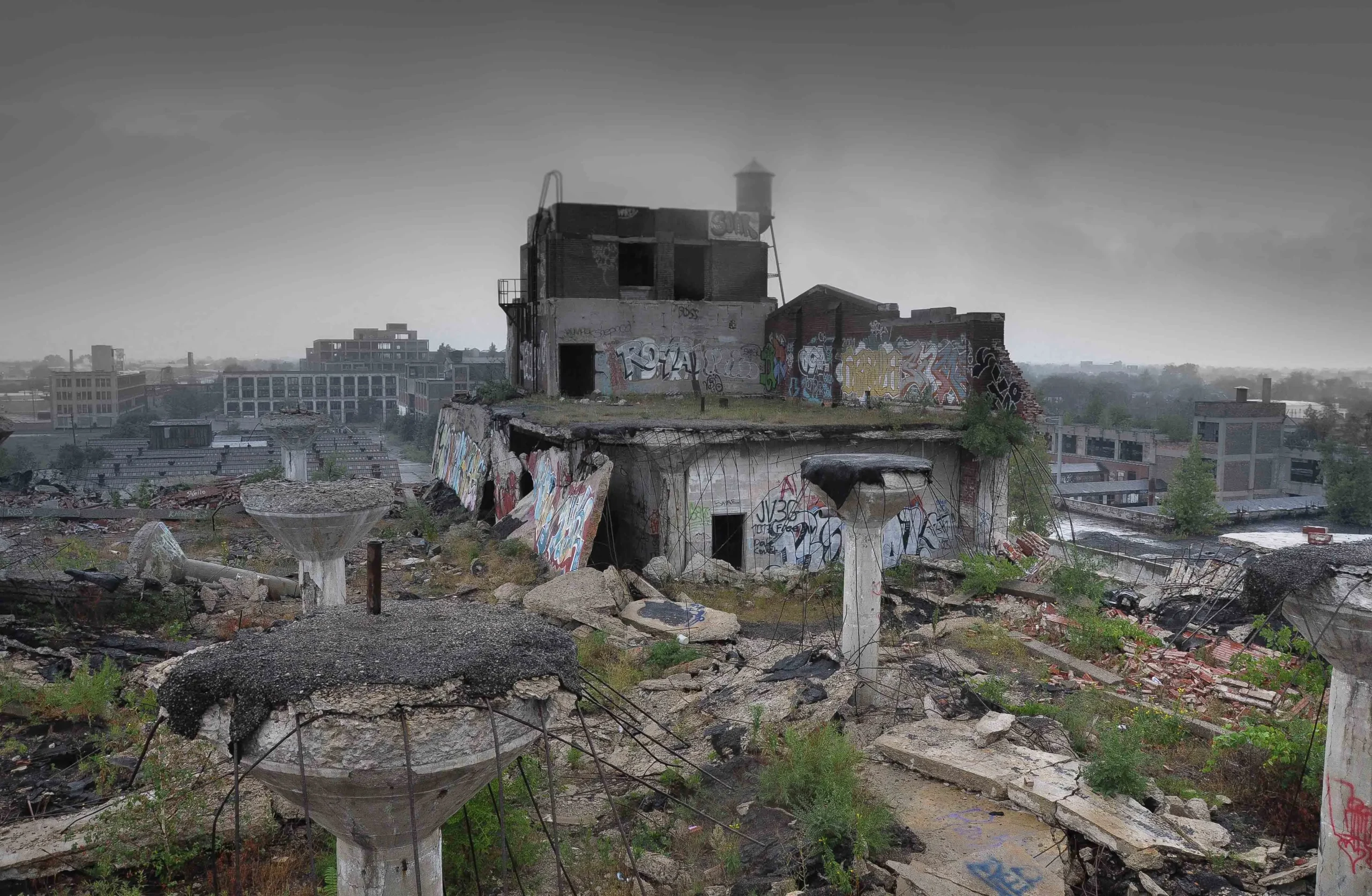
Tips for Safe and Responsible Urban Exploration
When it comes to urban exploration, safety and responsibility should always be at the forefront of your mind. As an experienced explorer, I’ve learned valuable lessons that can help you navigate your urban adventures with caution and respect. In this section, I will share three essential tips to ensure safe and responsible urban exploration: obtaining permissions and following laws, assessing risks and hazards, and practicing Leave-No-Trace principles. Let’s dive in and discover how to make your explorations both enjoyable and responsible.
1. Obtain Permissions and Follow Laws
Before venturing into any location, it’s crucial to obtain the necessary permissions and adhere to local laws and regulations. This ensures that you are exploring in a legal and respectful manner. Some sites may require permits or have restricted access due to safety concerns. By reaching out to property owners or authorities and understanding the rules, you can avoid trespassing and potential legal issues, preserving the integrity of your exploration experience.
2. Assessing Risks and Hazards
Urban exploration can present various risks and hazards that need to be carefully assessed. Before entering a location, take the time to evaluate potential dangers such as unstable structures, sharp objects, or environmental hazards. It’s essential to prioritize your safety by wearing appropriate protective gear, such as gloves and a dust mask, and being aware of your surroundings at all times. By conducting thorough risk assessments, you can minimize the chances of accidents or injuries during your exploration.
3. Practicing Leave-No-Trace Principles
Responsible urban exploration means leaving the places you visit as you found them, preserving their integrity and minimizing your impact on the environment. Embrace the Leave-No-Trace principles by refraining from littering, defacing property, or causing any damage. Respect the historical value and cultural significance of the sites you explore by taking only photographs and leaving behind only footprints. By practicing these principles, you contribute to the preservation and sustainability of urban exploration for future generations.
By following these tips, you can ensure that your urban exploration experiences are not only safe but also responsible. By obtaining permissions, assessing risks, and practicing Leave-No-Trace principles, you can explore with confidence, respect, and a commitment to preserving the integrity of the locations you visit.
Famous Urban Explorers and Their Contributions
Throughout history, there have been remarkable individuals who have paved the way for urban exploration as we know it today. From those who ventured into unknown territories in the past to the influential explorers of the present, their contributions have shaped the field and inspired countless others. In this section, I will highlight two categories of famous urban explorers: historical figures who laid the groundwork for the exploration movement, and influential contemporary explorers who continue to push the boundaries of urban exploration.
Historical Figures
- Sir Richard Francis Burton: Known for his daring expeditions in the 19th century, Burton explored uncharted territories and documented his experiences. His book “The City of the Saints” details his exploration of the American West and provides valuable insights into the early days of urban exploration.
- Hiram Bingham III: Bingham is renowned for his rediscovery of the ancient Inca city of Machu Picchu in 1911. His archaeological exploration of this hidden gem in the Peruvian mountains brought global attention to the wonders of urban exploration and sparked a fascination with uncovering lost civilizations.
Influential Contemporary Explorers:
- Bradley L. Garrett: As a modern-day urban explorer, Garrett has made significant contributions to the field. Through his research, writing, and photography, he sheds light on hidden urban spaces, challenging the boundaries of traditional exploration and inspiring others to delve into the hidden corners of our cities.
- Steve Duncan: Duncan is a renowned urban explorer and photographer who has explored underground tunnels and forgotten infrastructure in cities around the world. His captivating photographs and storytelling approach highlight the beauty and history that lie beneath the surface, encouraging others to see cities in a new light.
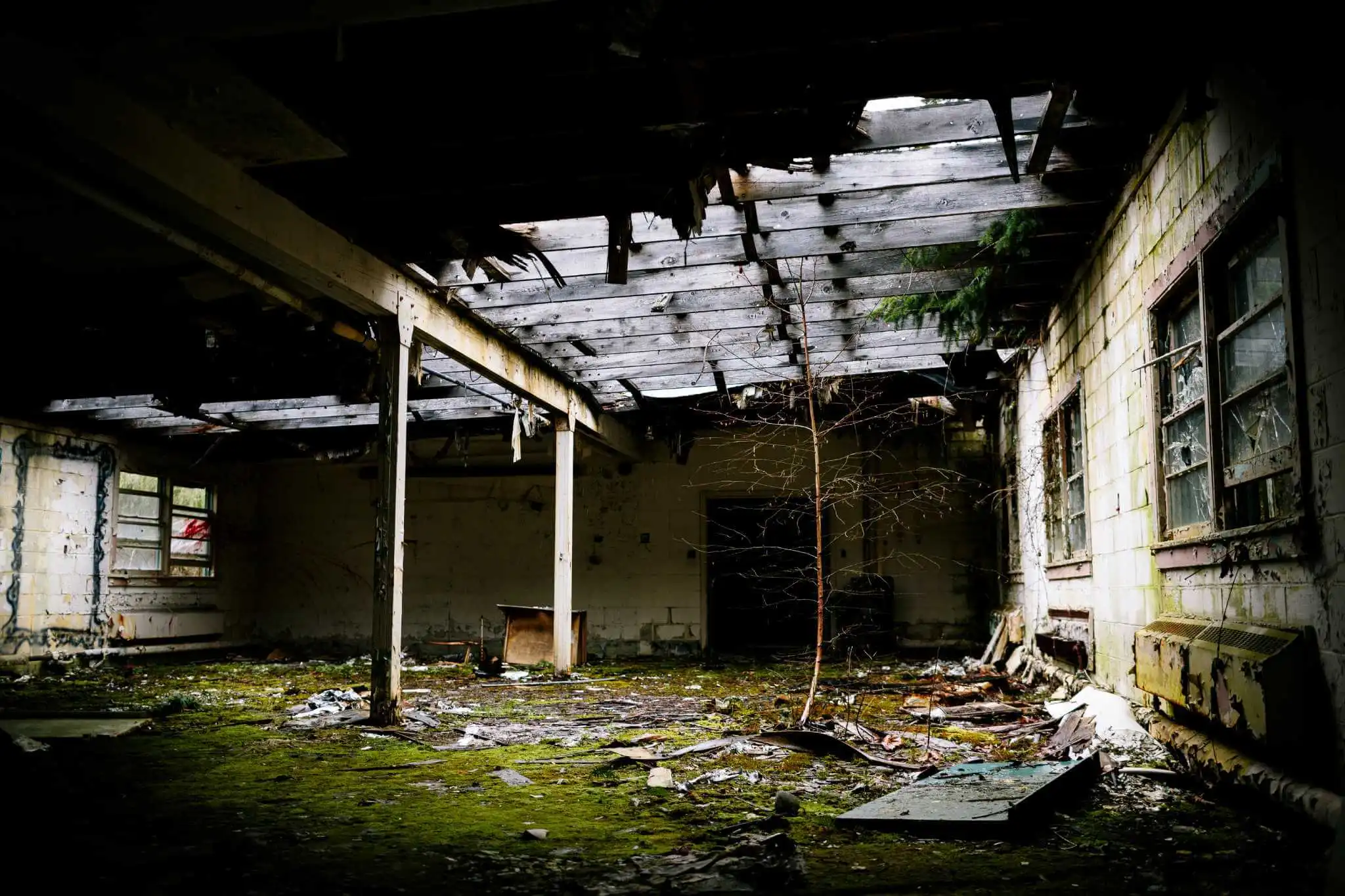
These famous urban explorers, both from the past and the present, have left a lasting impact on the field of exploration. Their courage, curiosity, and dedication to uncovering hidden treasures have inspired countless individuals to embark on their own urban adventures, adding to the rich tapestry of exploration.
Conclusion
In conclusion, urban exploration is a thrilling journey that allows us to uncover hidden gems within bustling metropolitan areas. Through my own experiences, I’ve discovered the joy of delving into forgotten buildings, traversing underground tunnels, and exploring the rich history and culture that lie beneath the surface. Urban exploration offers a unique perspective, revealing the beauty and stories that often go unnoticed. So, grab your gear, embrace the thrill of the unknown, and embark on your own urban adventure. Uncover the secrets, unlock the mysteries, and let the city unveil its hidden treasures.
FAQs

Linda Lucero is a travel blogger from the US. She loves to meet new people and explore new cultures, as well as try delicious foods. Linda’s blog is full of her adventures around the world! In her spare time, she likes reading books about other cultures and how they might be different from what she knows in the United States.


